POSITIONS
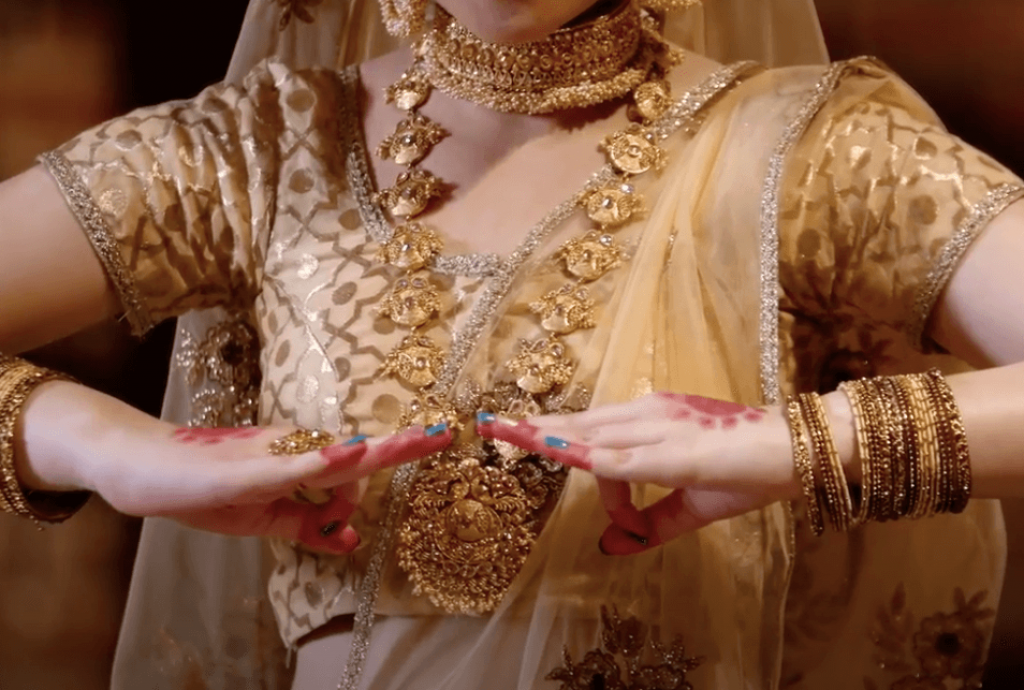
Utpatti
The word ‘utpatti’ means origin, or the place from which something is born. Hence, this is the basic starting position in the kathak, all movements, dances will originate from the utpatti.
Hands should be in the arala mudra: forefinger bent to touch the thumb, with the remaining three fingers stretched straight out, and positioned in line with the chest.
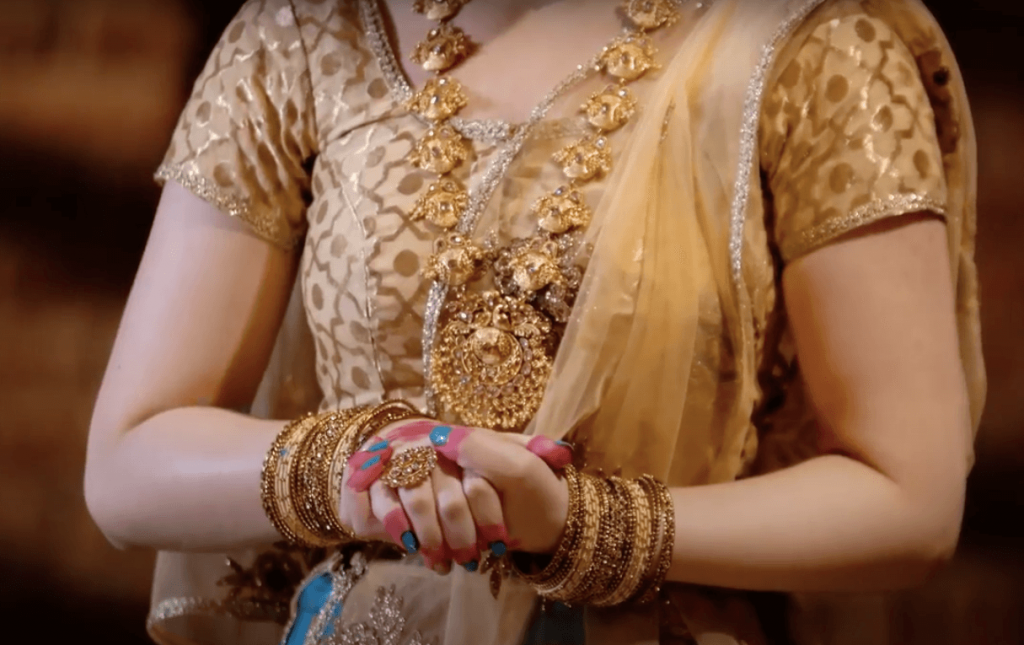
Naman
Naman is meant to invoke a sense of piety and respect in all who see it. The word itself refers to a sort of salutation towards those viewing it,
It indicates submission, respect and is used while performing footwork.
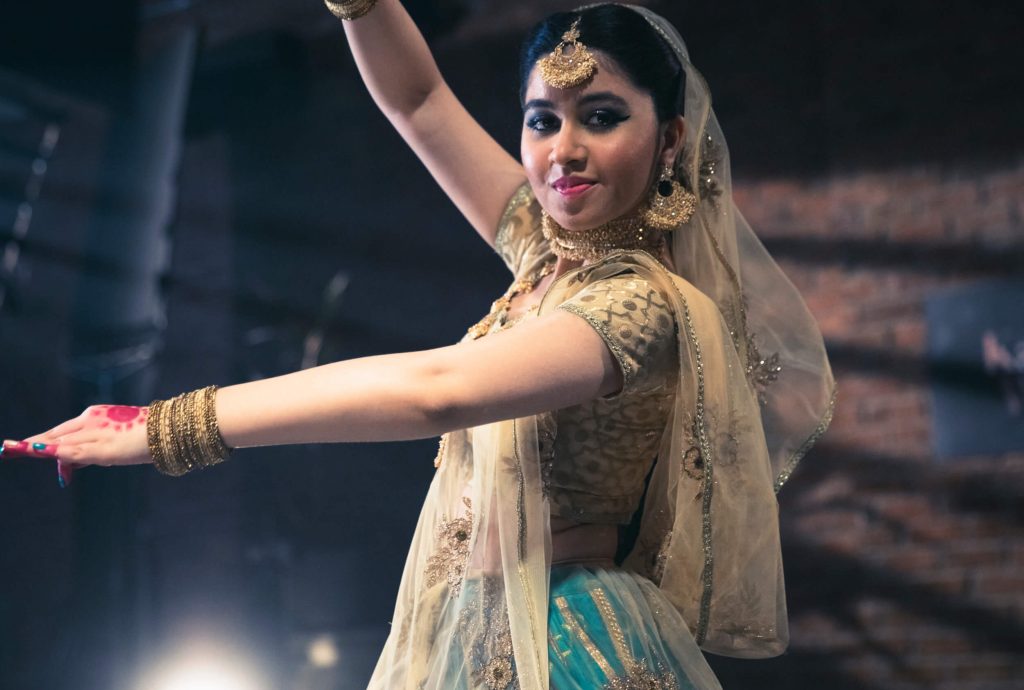
Gat
Gat is derived from the word for ‘gait, walk’. It shows abstract visually beautiful gaits or scenes from daily life.
The simplest form is called the seedhi (straight) gat.
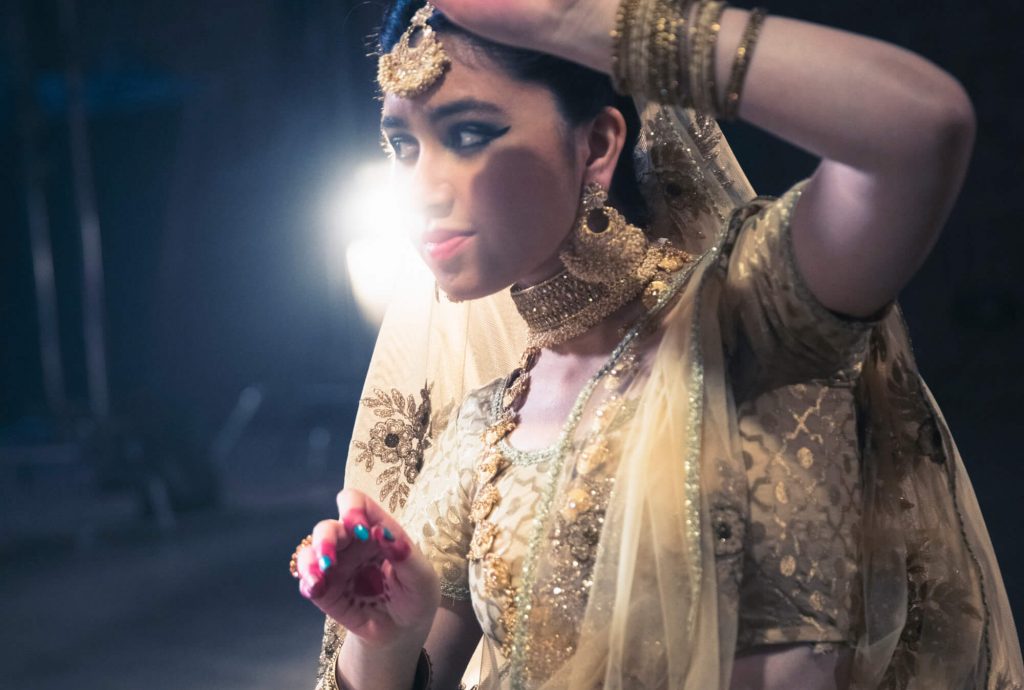
Gat Nikas: Ghunghat
Gat Nikas is the depiction of simple stories. In Gat Bhava dancer portrays two or more characters with a half-turn. This role playing is generalized under various gats like makhan chori, ghungat (veil), murli (flute), matki (pot). Matki symbolises the collection of water by the river in pots by women. Ghunghat is the lifting of the veil by a woman.
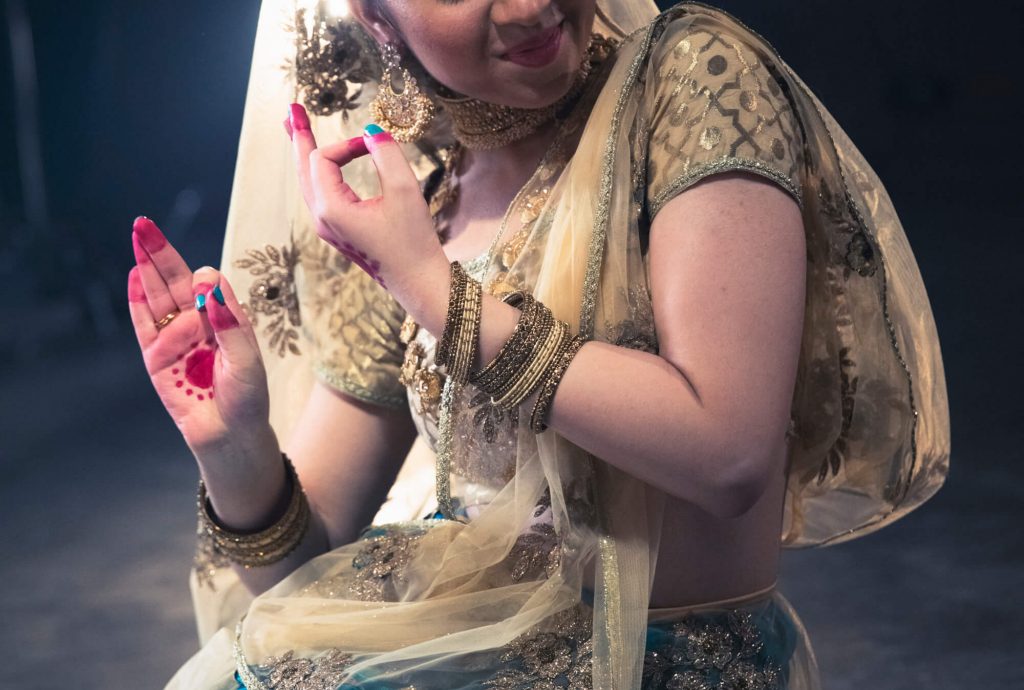
Natwari
Natwar is another word for the god, ‘Krishna’. Kathak has been closely associated with Krishna’s legends. It is believed that Katha-Vachan, the earliest form of Kathak was exclusively based on Krishna’s legend. Various dances tell mythological stories from Lord Krishna’s life, he is represented through his characteristic flute, muri.
